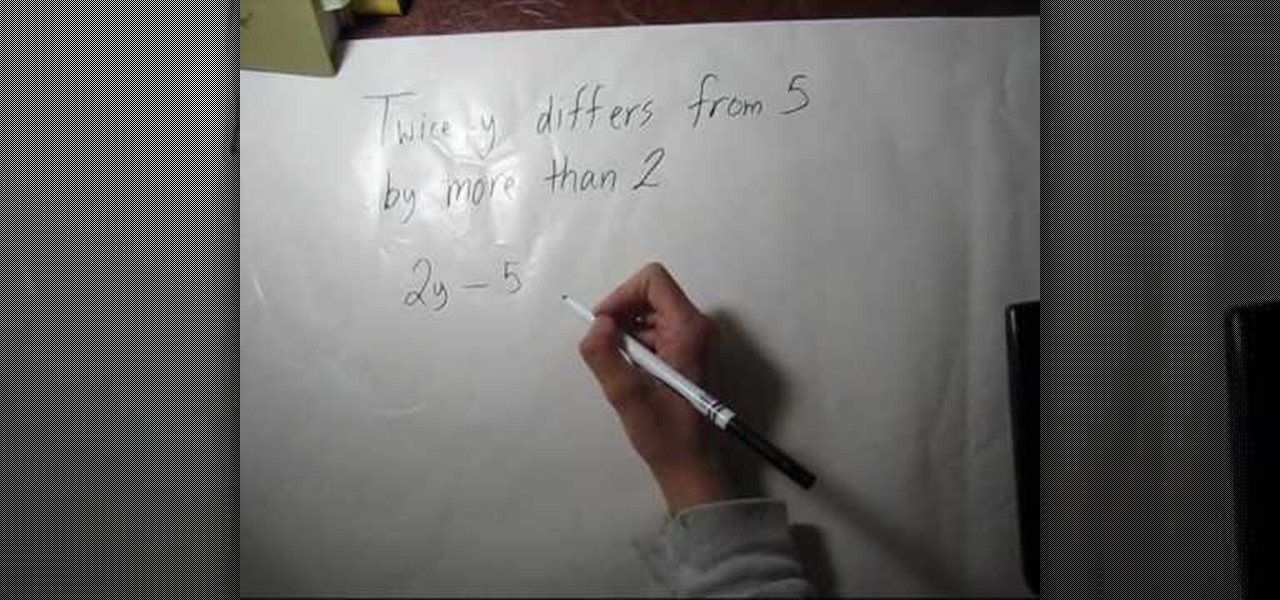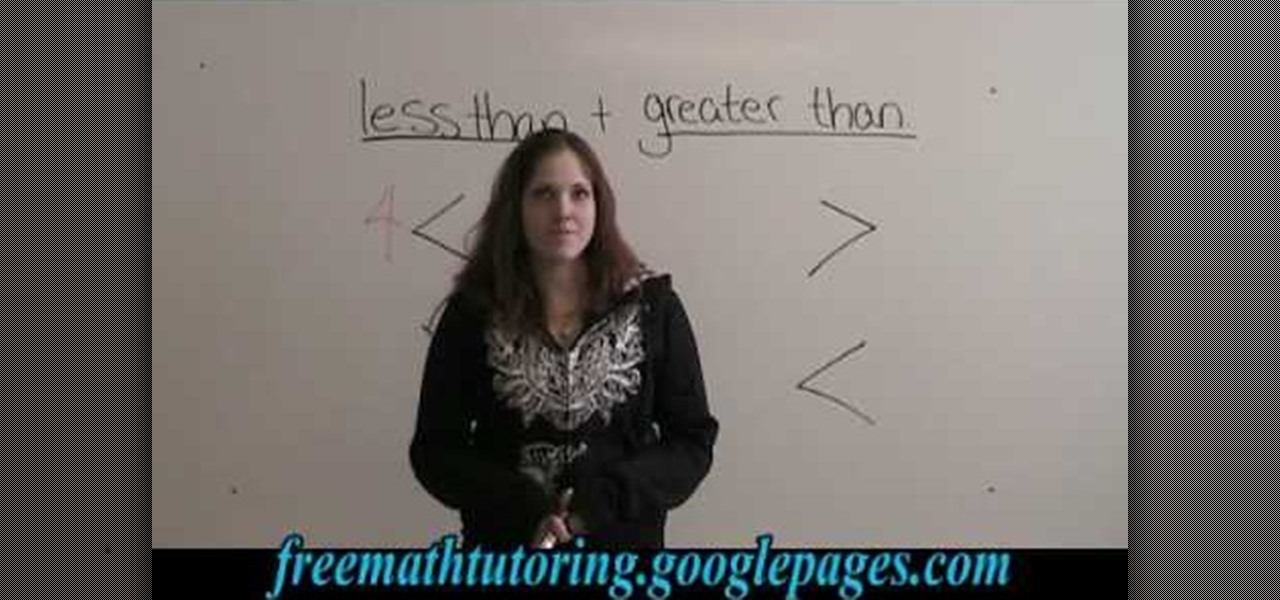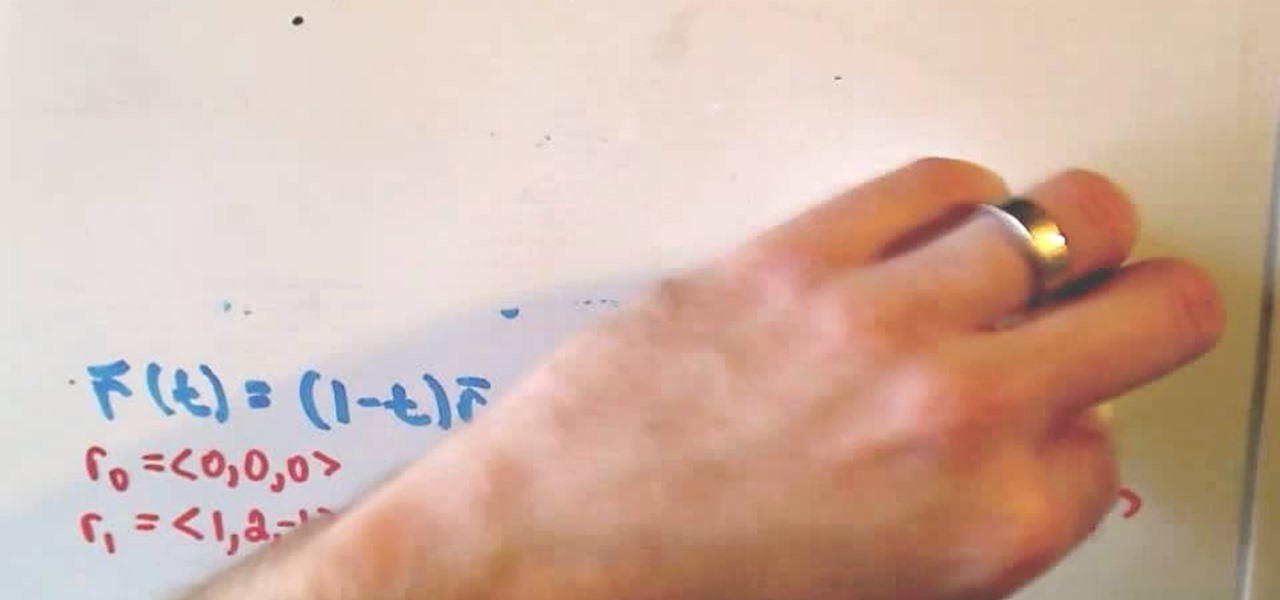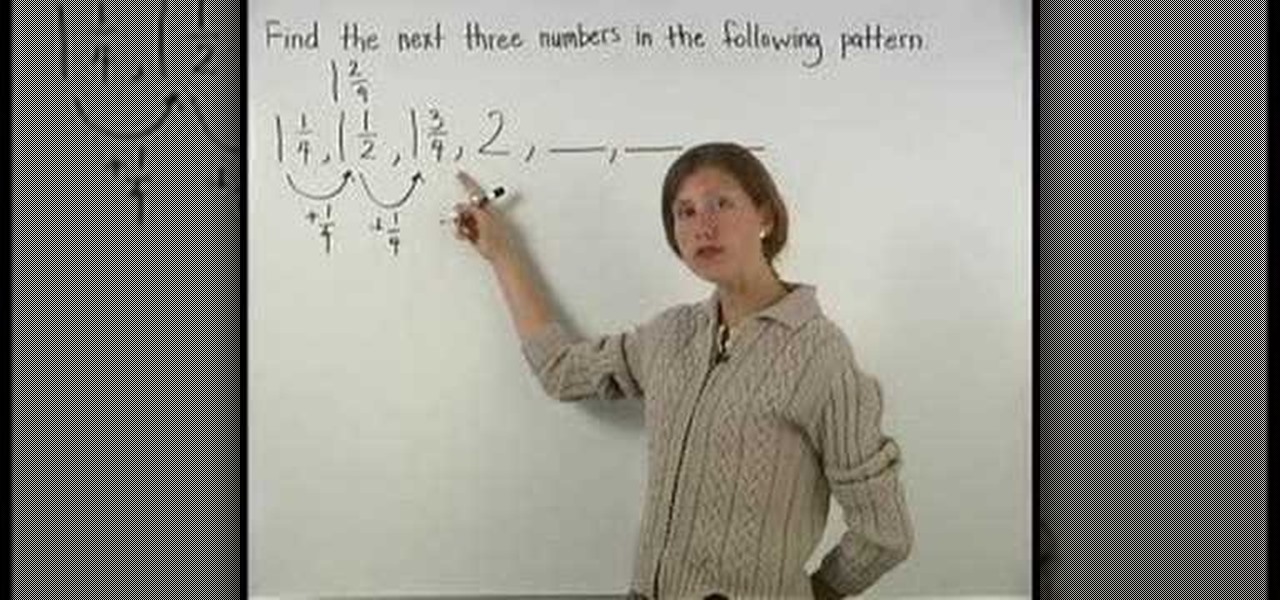Active Math Posts


How To: Solve Pythagorean Theorem proofs and geometry problems
In this math lesson we will investigate easy Pythagorean Theorem proofs and problems. The Pythagorean Theorem takes place in a right triangle. The longest side in a right triangle is called hypotenuse, and the other two sides are called legs. The hypotenuse opposes the right angle.
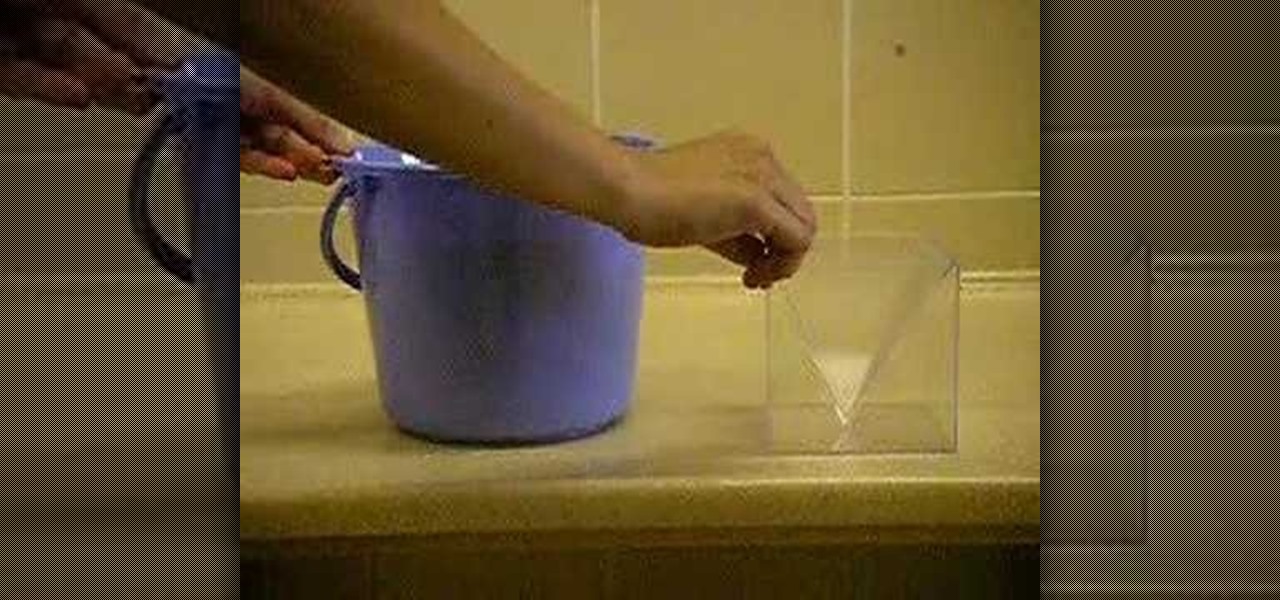
How To: Find the volume of pyramids in geometry
A pyramid is a three-dimensional figure with a polygonal base and a vertex. The base can be a triangle, quadrilateral, pentagon, hexagon, or other type of polygon.

How To: Work with tessellation shapes in geometry
Not all polygons are tessellation shapes. A tessellation is a collection of figures that can be put together to fill a plane surface without overlaps or gaps. I’m sure that you have already seen many tessellations in real life. The tiles in the kitchen and the puzzle you have solved are nothing but tessellations.

How To: Use algebra scientific notation and standard form
In this video we will learn about algebra SCIENTIFIC NOTATION and STANDARD FORM. Watch the above math video to learn how to change large numbers from standard form to scientific notation.

How To: Convert scientific notation to standard algebra form
Learn how to convert from scientific notation to standard form by watching the above math video. To change a number from scientific notation to standard form, move the decimal point to the left (if the exponent of ten is a negative number), or to the right (if the exponent is positive). You should move the point as many times as the exponent indicates. Do not write the power of ten anymore.
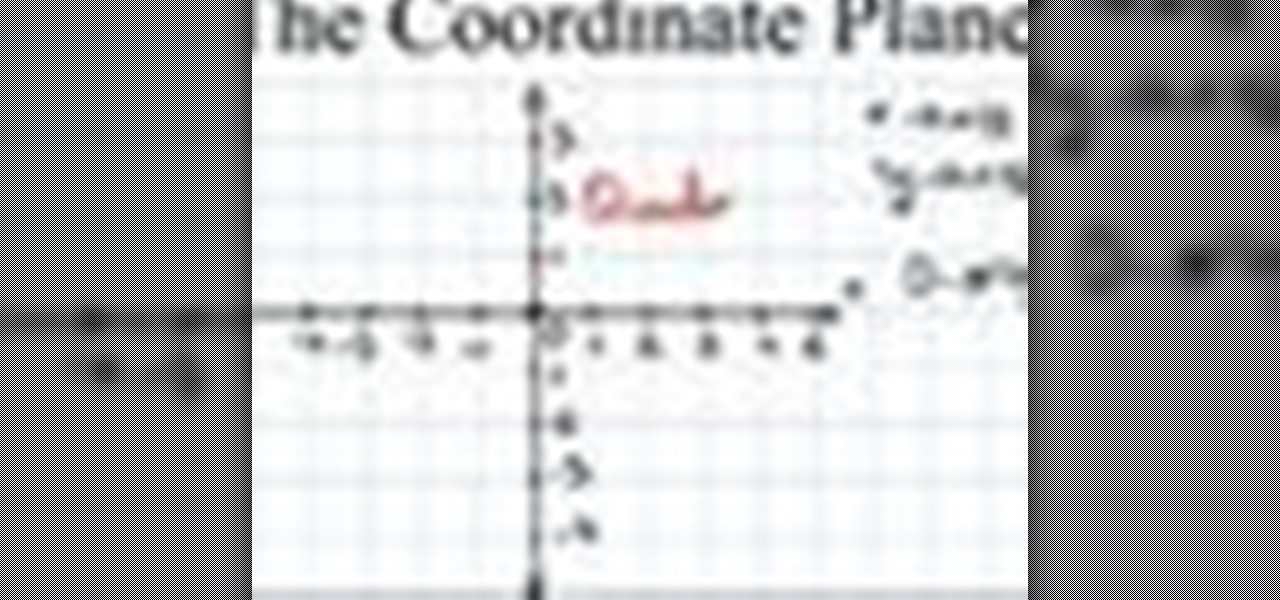
How To: Graph the algebra coordinate plane
Watch this algebra math coordinate plane video to learn about the four quadrants and other important concepts in the Cartesian plane.

How To: Find the Y intercept of a line in algebra
The steps for finding the y intercept of a line are explained in the above two math videos. Part 1 of 2 - How to Find the Y intercept of a line in algebra.

How To: Multiply decimals in math
This video is designed to help elementary and middle school teachers be more effective when teaching decimals. Here, algebra students can learn how to multiply decimals.

How To: Divide decimals in math
This video is designed to help elementary and middle school teachers be more effective when teaching decimals. This presents another short algebra word problem about dividing a whole number by a decimal.

How To: Solve a percent word math problem in algebra
A middle school has 1200 students. Of these, 25% are in the eighth grade. Yesterday, 95% of all eighth graders were present. How many eighth-grade students were absent yesterday?

How To: Solve a proportion word problem in algebra
In this math lesson we will learn how to solve a proportion word problem. Watch the video to learn how to set up a proportion, solve it, and interpret the answer.

How To: Add and subtract integers in algebra
When adding and subtracting integers, follow these math rules: Adding Integers

How To: Use the order of operations in algebra
Are you looking for a simple math explanation on order of operations? Remember the following sentence: “Please excuse my dear aunt Sally.” What does this sentence have to do with math? The first letter of each word stands for an operation. “P” stands for parenthesis, “E” for exponents, “M” for multiplication, “D” for division, “A” for addition, and “S” stands for subtraction.

How To: Solve two-step linear equations in algebra
This math lesson is designed to provide middle school teachers with free resources for teaching linear equations. Students can use this free resource to better understand how to solve simple equations while preparing for the upcoming CRCT test.

How To: Solve a linear equation word problem in algebra
This math lesson is designed to provide middle school teachers with free resources for teaching linear equations. Students can use this free resource to better understand how to solve simple equations while preparing for the upcoming CRCT test.

How To: Solve systems of equations in algebra
In this math lesson you will learn how to solve systems of equations. Systems of equations usually have 2 equations and two variables. You can solve a system of equations by using one of the following methods.

How To: Solve a system of equations in algebra
In this math lesson you will learn how to solve a system of equations. Watch the following video to learn how to translate a word problem into a system of linear equations.

How To: Solve inequalities with fractions in algebra
Solving math inequalities with fractions is easy when applying the rules presented in this video. • When you add or subtract the same number from each side of an inequality, the relationship between the two sides does not change.

How To: Graph linear equations in algebra easily
In this math lesson you will learn how to graph linear inequalities. Let’s graph the following inequality: 4x + y > 4
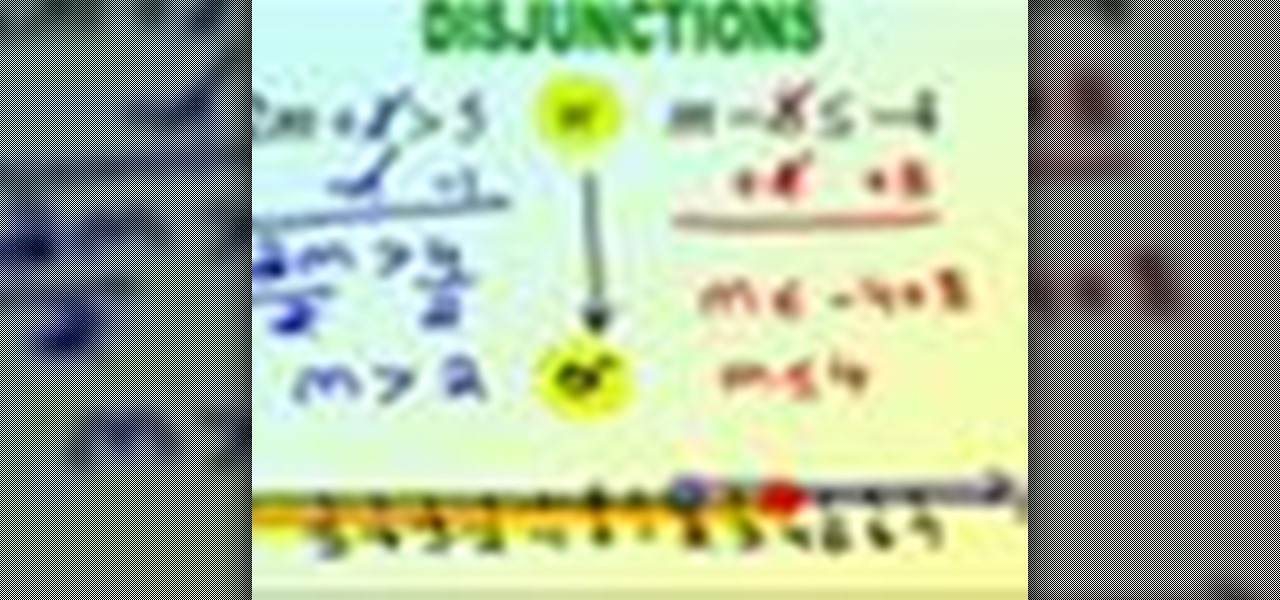
How To: Solve compound inequalities in algebra
In this math lesson, you will learn how to solve compound inequality problems. A compound inequality is a combination of two inequalities joined together by the words “and” or “or”.

How To: Solve square roots in algebra
In this lesson we will learn about one of the most important concepts in algebra SQUARE ROOTS. The square root of a number m is another number n that satisfies the following formula: m = n x n. You can also say that m is the square of n. The opposite of squaring a number is finding its square root. You can use the radical symbol to indicate that the square root of m is n:

How To: Calculate square roots of numbers by hand in algebra
In this math lesson, you will learn how to find the square root of a number without using a calculator. You can even find the square roots of large numbers by following this simple algorithm. The above video demonstrates how to find the square root by hand.

How To: Solve compound interest algebra problems
In this math lesson we will learn how to solve compound interest math problems. Click the play button to start the video.

How To: Calculate sales tax in algebra
In this math lesson we will learn how to solve math problems involving sales tax. Remember these two important formulas:

How To: Use simple interest and compound interest in algebra
In this math lesson you will learn about simple interest and compound interest. Whenever you want to borrow money from a bank, you have to pay interest at a certain percent rate. The main difference between compound and simple interest is the fact that the simple interest is paid only on the principal, while the compound interest is paid on both the principal and the accumulated interest The simple interest is given by the following formula:

How To: Solve a math probability problem with a number cube
In this math lesson we will learn how to solve simple probability problems with a number cube. The probability of an event measures the likelihood that the event will occur.

How To: Solve a math probablity problem with two dice
In this math video we will learn how to solve a probability problem involving independent events with two number cubes.

How To: Use a spinner to solve math probablity problems
In this lesson we will learn how to solve probability problems involving a spinner. A probability measures the likelihood of a certain event. It always ranges between 0 and 1. The following formula can be used to find the probability of a particular event:

How To: Find the math probability of two independent events
Watch the following math probability video to learn how to find the probability of two independent events. This will help you with your algebra or geometry homework.

How To: Find permutations and combinations in math probability
In this permutation and combination math tutorial, we will learn how to find the number of possible arrangements in a set of objects. So, if you need help with your algebra or geometry homework, watch this.

How To: Multiply polynomials using FOIL in algebra
This is a teacher created explanation covering first, outer, two, terms, inner, last, and distributing in math. Multiply polynomials using FOIL in algebra.
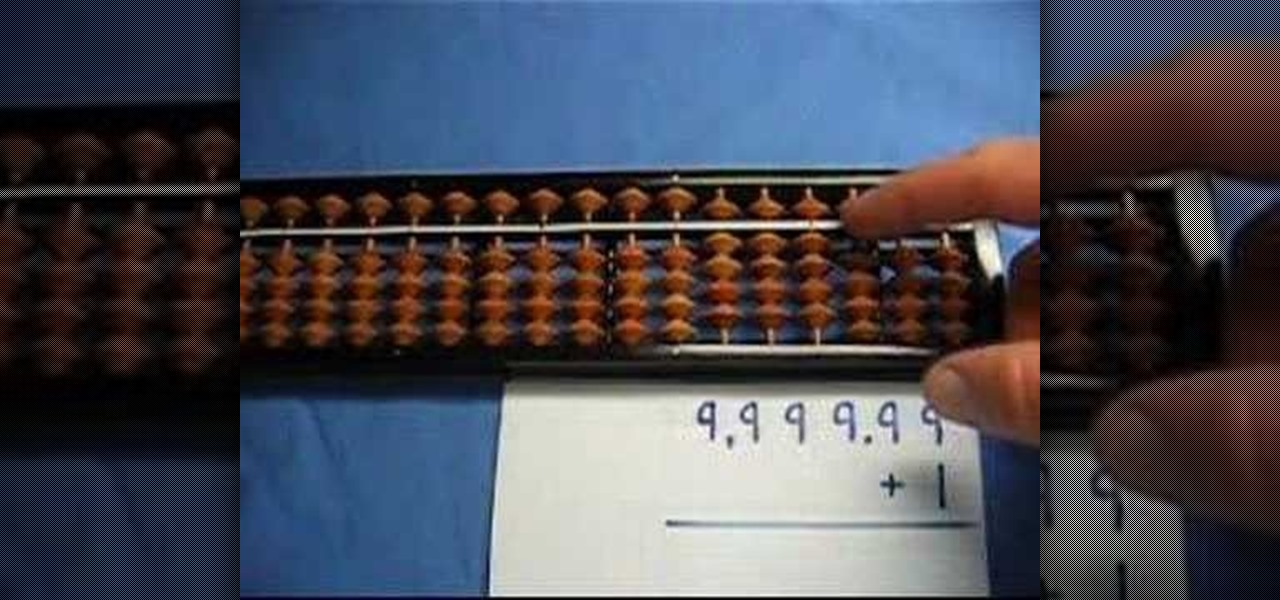
How To: Use the abacus calculator
Ever wonder about the abacus? This venerable classic is surprisingly easy to use. Check out this brief demo on various abacuses.

How To: Do a math trick
This video demonstrates how to do a math trick. This is a fun way to teach children basic math and multiplication. Do a math trick.

How To: Learn math with a metronome and drumometer
Dan Britt teaches math concepts with the aid of a metronome and drumometer.
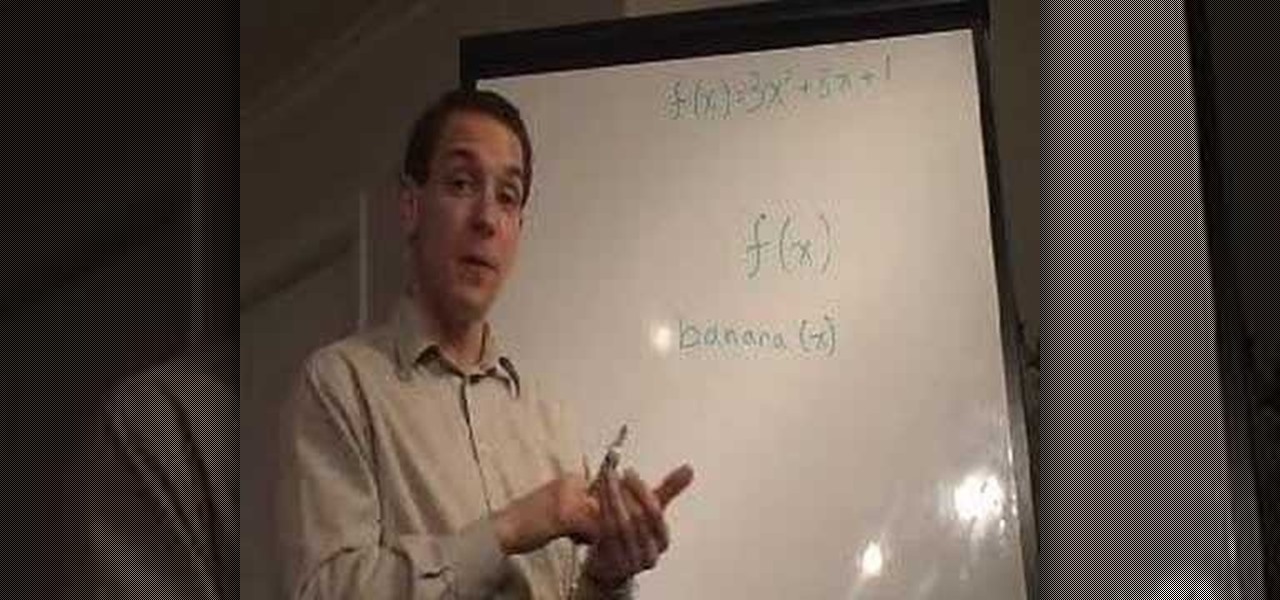
How To: Understand algebra functions
What does f(x) mean? What does g(4) mean? We explore this and more in this 3-part series, "Understanding Math Functions."

How To: Do the disappearing dollar math trick
A math story problem in which you seem to come up a dollar short in the solution...but not really. Here's the trick with an explanation.

How To: Decode binary numbers
Understanding the Binary Numbering System and how to decode binary numbers.

How To: Practice lattice multiplication in math
A mathcast done by a 5th grade class in Detroit, Michigan, USA on an alternative way of doing multiplication.

How To: Add fractions by finding the least common denominator
This video shows students how to add fractions with different denominators. To add different fractions you must be able to find the least common denominator.

How To: Multiply three digit numbers in a single step
Want to be able to do large multiplication problems without a calculator? This video will teach you a method of multiplication in which you will be able to multiply three digit numbers in a single step. Multiply three digit numbers in a single step.




